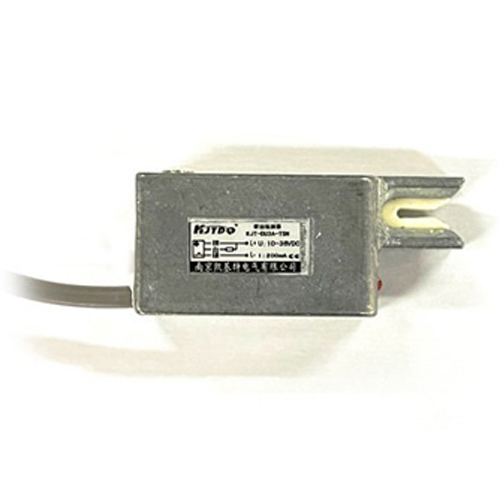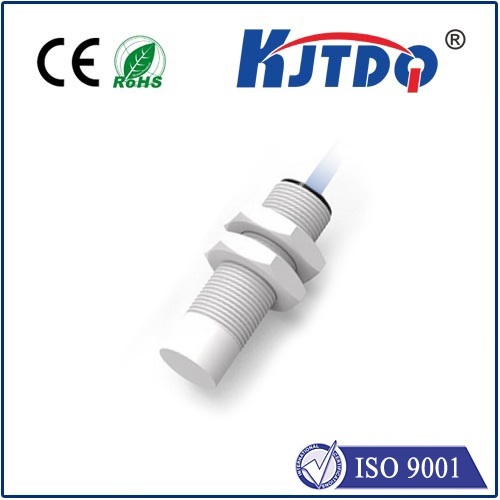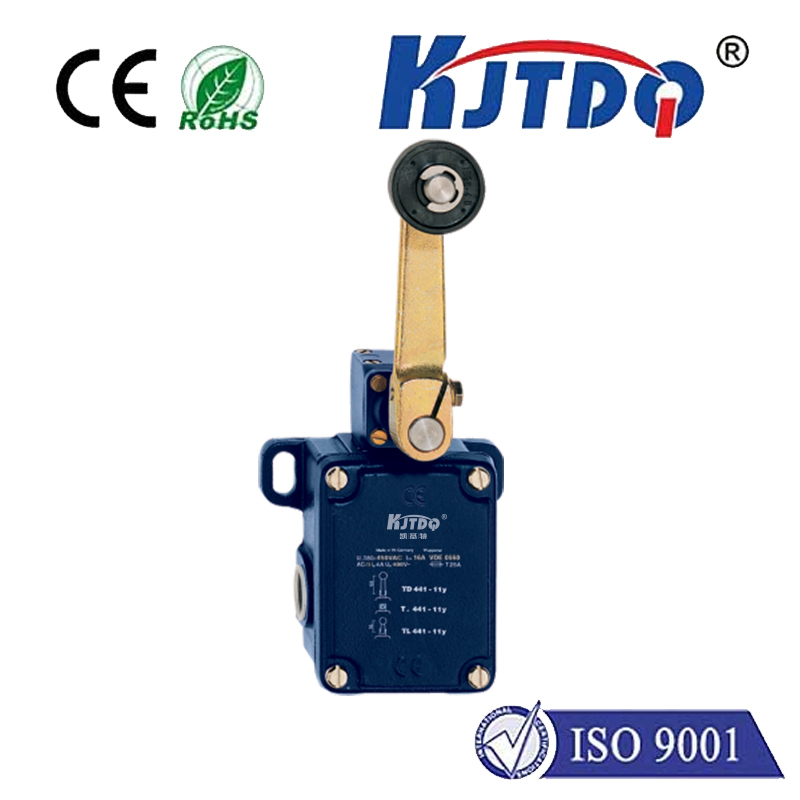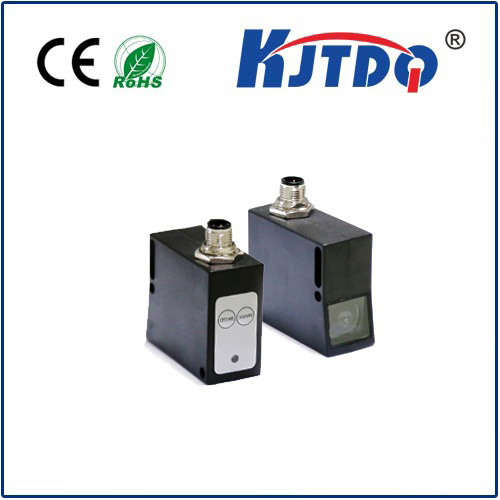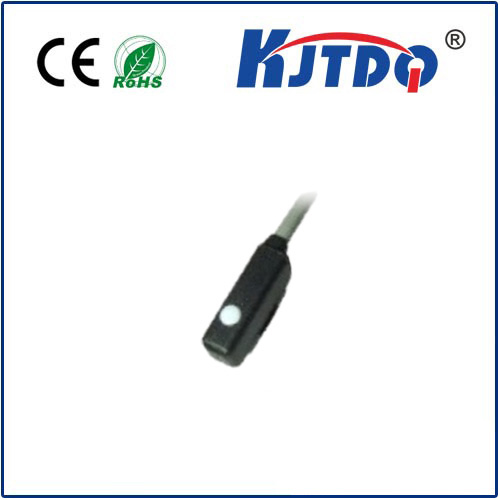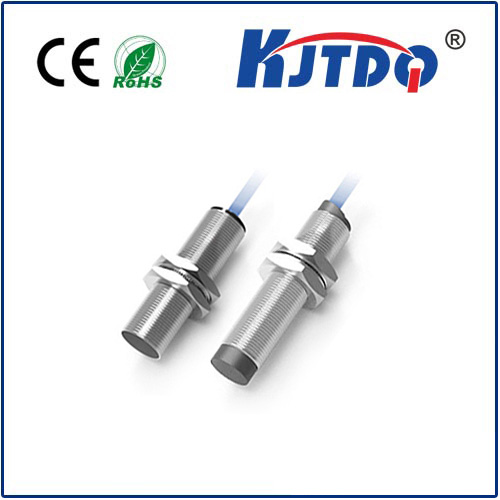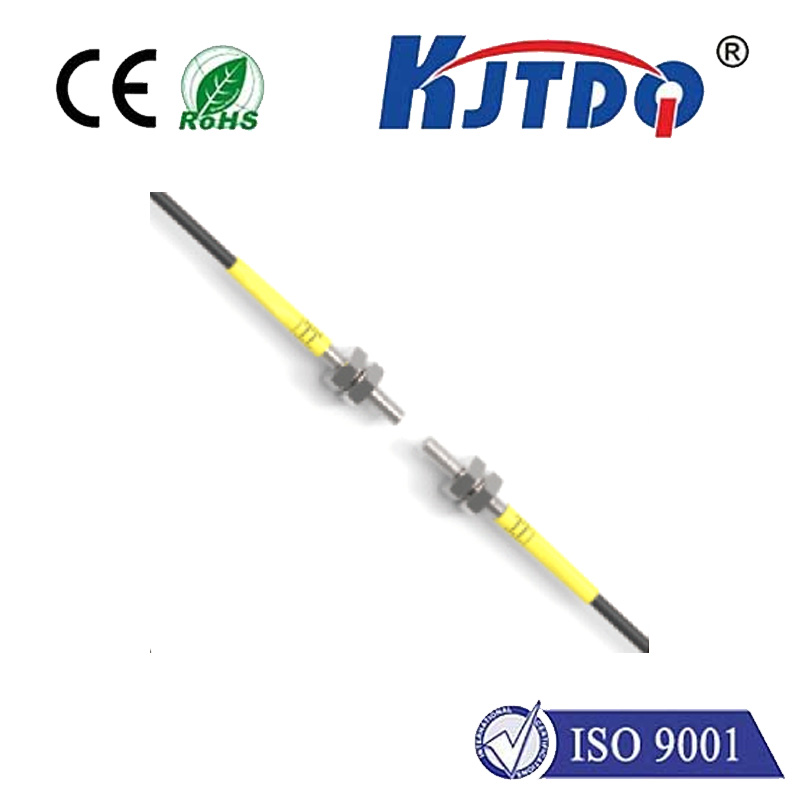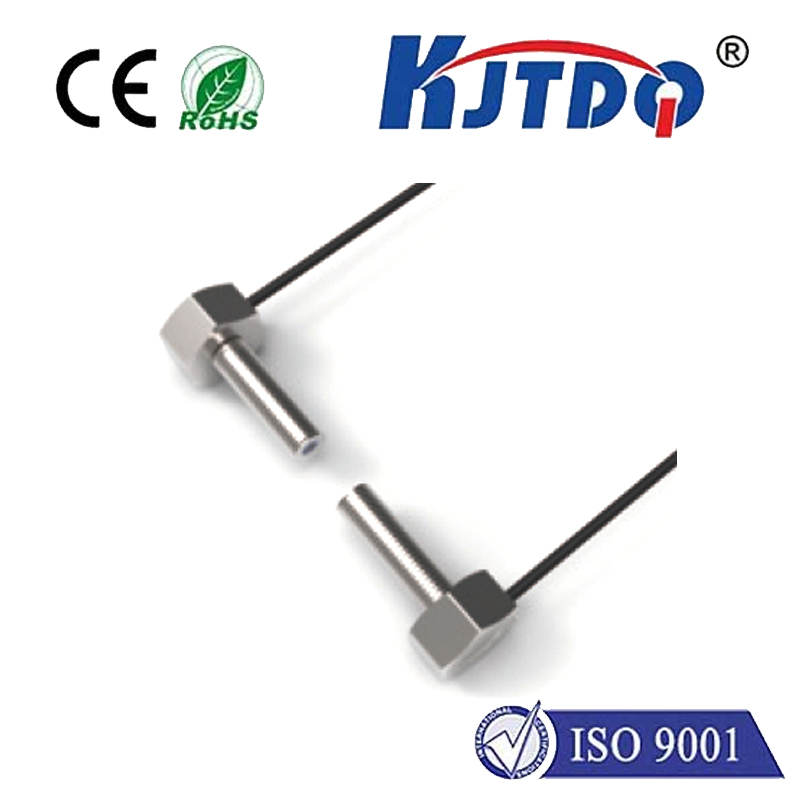

check

check

check

check

check

check

check

check

check

check
In the intricate dance of modern automation, where whirring robots collaborate seamlessly with conveyor belts and precision machinery, safety isn’t just a priority – it’s the absolute foundation. Imagine a crucial safety barrier silently blinking out… the potential consequences are stark. This is where the unassuming yet remarkably reliable retro-reflective proximity sensor steps in, acting as an ever-vigilant sentinel to prevent such scenarios. But how does this uncomplicated device deliver such robust protection, and why does it remain a cornerstone in countless industrial safety and positioning systems? Let’s illuminate its inner workings.
Unlike its diffuse or thru-beam cousins, the retro-reflective proximity sensor operates on a unique partnership principle. It houses both the light emitter (typically an LED or laser diode) and the receiver within a single compact housing. The magic happens when its emitted light beam encounters a specific target: a retro-reflector. Think of highway signs at night, brilliantly reflecting your car headlights back at you. These specialized reflectors, often employing micro-prismatic structures (corner-cube reflectors), are engineered to bounce light precisely back along its original path, regardless of the reflector’s orientation.
Here’s the critical detection process:
This unique light path is the core of its resilience. Because the retro-reflector ensures light travels back almost exactly the way it came, the sensor can reliably detect even minimal obstructions. The beam’s focused nature significantly enhances resistance to common industrial nuisances like ambient light fluctuations and airborne dust or smoke that might falsely trigger other sensor types. Its inherent design provides exceptional immunity to surface characteristics of the interrupting object – color, texture, or material matter far less than simply blocking the beam.
Why choose a retro-reflective proximity sensor? The advantages are compelling:
Automation thrives on their silent vigilance:
The retro-reflective proximity sensor embodies an elegant convergence of optical physics and practical engineering. By harnessing the power of specialized reflectors to bounce light back on its own path with incredible precision, it delivers a sensing solution prized for its robustness, simplicity, long range, and cost-effectiveness. In the demanding environments of automation – where safety is paramount and reliability is non-negotiable – these sensors remain indispensable, intelligent guardians, silently ensuring processes run smoothly and, most crucially, protecting human operators from harm. Their focused beam cuts through the complexity, providing a clear signal of safety or hazard, one reliable interruption at a time.
